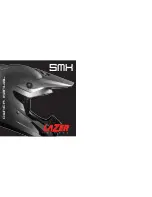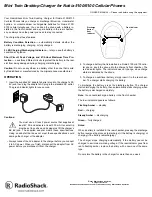
In stal la tion
Installation Instructions
(
continued
)
NOTE
:
Acetic acid will cause damage to
metal components, metal hardware,
ceramic IC’s, etc. If damage results from
the use of a sealant that outgases acetic
acid (RTV silicone), the warranty will be
void.
Sensor heads exposed to the elements may
require the accessory mounting threads to be
lubricated. Grease
must not
be used. As an
alternate, PTFE (teflon) tape may be used on
threads that
do not
contact the Sensor
Housing.
The removal of particulate matter from sensor
accessories may be done through the use of an
appropriate halogen-free solvent. Water or
ethanol are examples of suitable solvents. The
accessories should be thoroughly dried, with
compressed air if necessary, before refitting
to the sensor body.
Some typical items to check during
maintenance examinations are:
l
The sensor mounting, to see it is secure.
l
The sensor screen, to see it is clear of oil,
water, dust or paint which might clog it.
l
The cable connections for tightness and
possible damage.
l
All sensor placements are up to date with
the layout of the plant, e.g. modifications
to the plant.
l
The complete system, to see it has a back
up supply for the full prescribed time.
NOTE
:
The system’s full two year
warranty will be voided if customer
personnel or third parties damage the
system during repair attempts.
3.4
Ter mi nal Con nec tions
The terminal blocks (TB) are located inside of
the housing and can be accessed by removing
the cover (see figure 8). TB2 contains the
four sensor connections, White (W), Green
(G), Black (B), and Red (R). TB1 contains
the connections for Power and Output Signal
(CE Mark units, connections are made to TB4
- fig. 19, page 21).
GENERAL MONITORS
Model S214
7
figure 8
fig ure 7











































